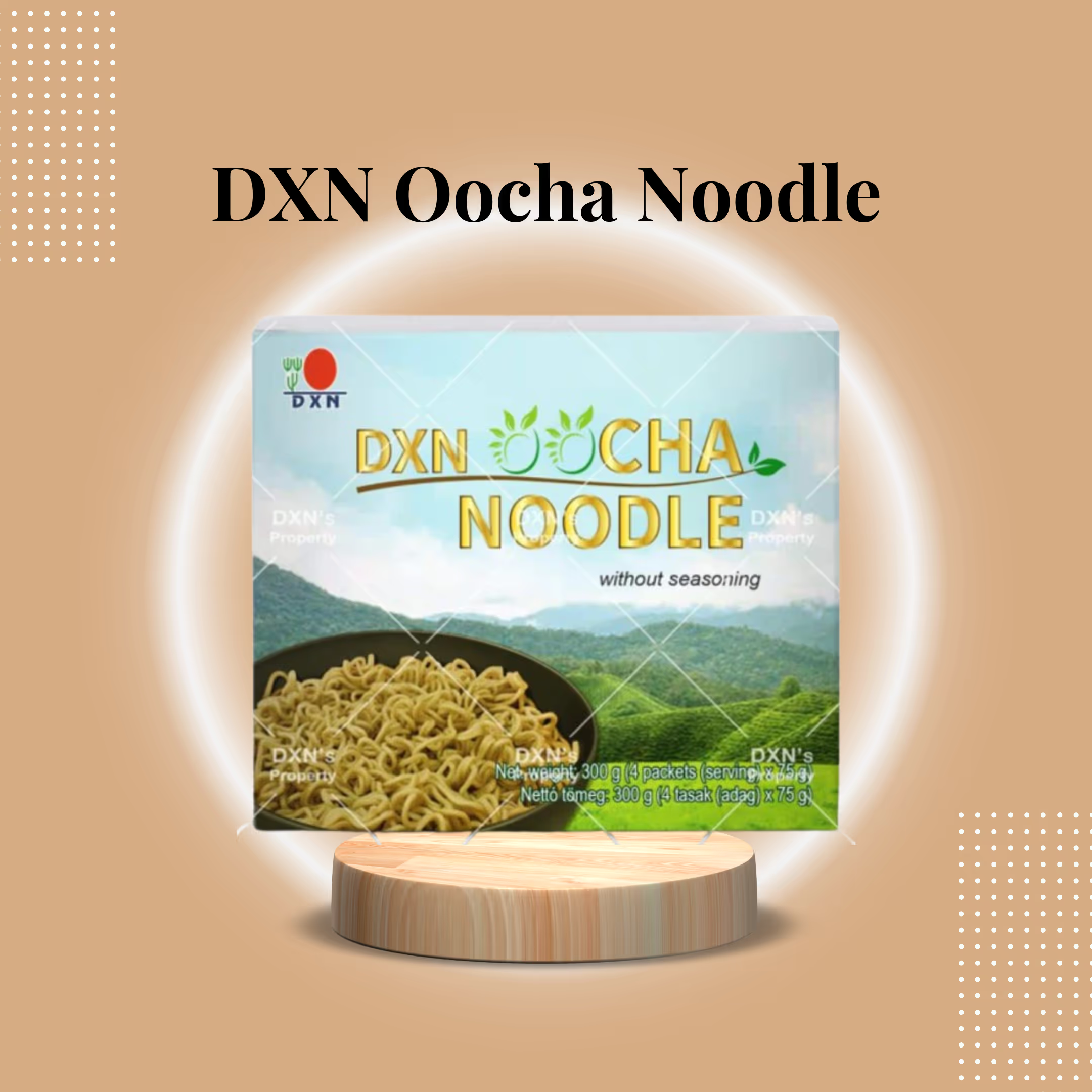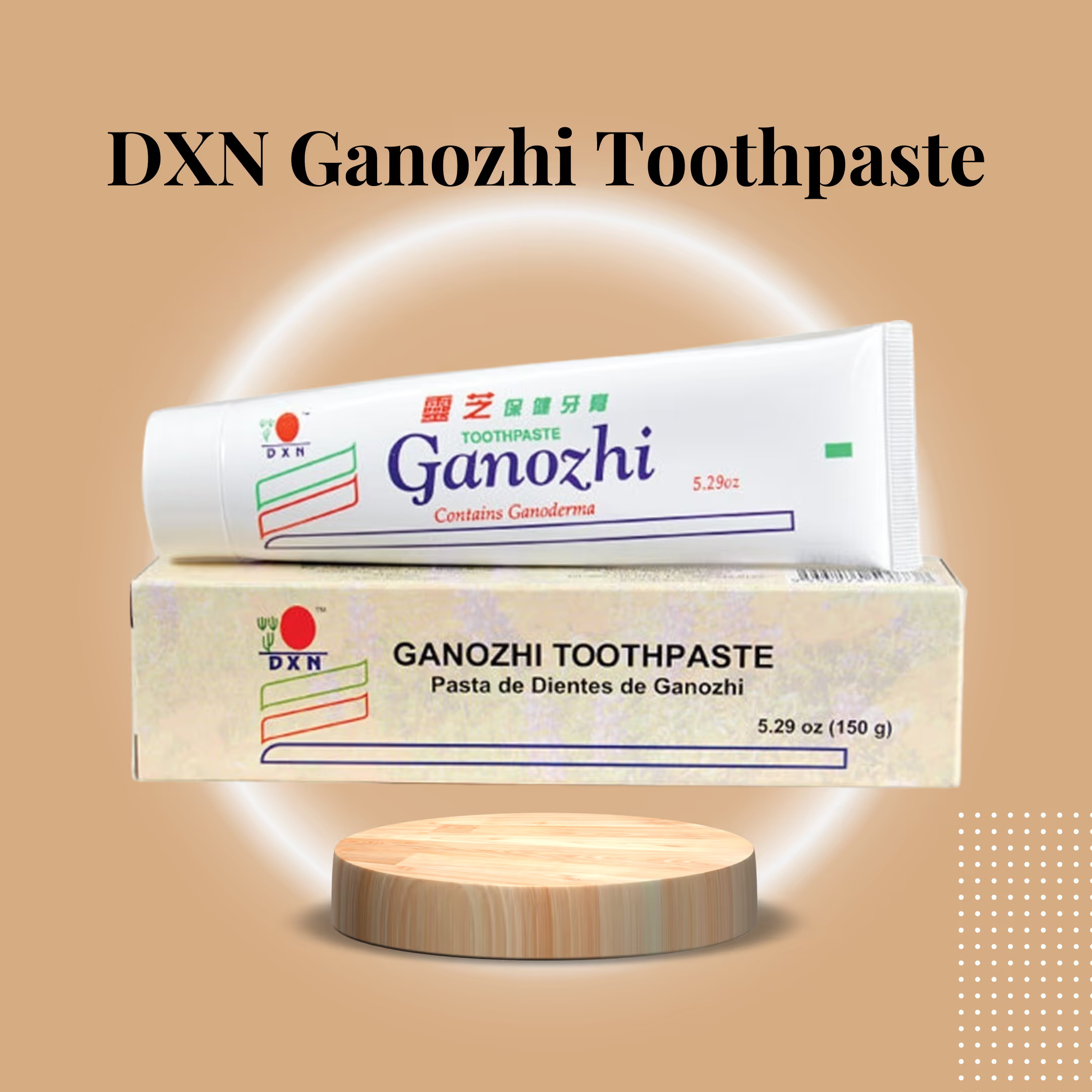1. The instant-noodle problem — and the opportunity
Instant noodles have risen globally by delivering cheap calories, fast preparation, and a long shelf life, but their industrial success comes at a nutritional cost. Most mass-market instant ramen is:
- Low in protein and dietary fiber
- High in quickly digestible carbohydrates
- High in sodium (seasoning packets are to blame)
- High in total and saturated fat when noodles are deep-fried before packaging
These weaknesses matter because frequent consumption of such foods — especially without fresh additions like vegetables and lean protein — can contribute to blood sugar volatility, poor satiety (leading to repeated eating), and a higher cardiovascular risk associated with excess sodium and saturated fat.
However, every weakness is an opportunity for reinvention. Today’s eaters want it all: speed, simplicity, and real health benefits. They’re searching for functional foods that do more—think antioxidants, gut support, and extra protein, not just empty calories. With a fresh approach, instant noodles can finally deliver both convenience and nutrition.
2. What DXN Oocha Noodle is trying to do
At its core, DXN Oocha Noodle pursues two major design moves:
- Change the processing: avoid deep-frying. That switch sharply reduces fat and saturated fat. Non-fried noodles use methods such as drying or steaming instead of oil, resulting in a cleaner macronutrient profile.
- Fortify with a botanical: add Rooibos tea extract to the noodle. This transforms the carbohydrate base into a delivery system for polyphenols—antioxidants with measurable biological activity.
These two changes set Oocha Noodle apart: it’s still fast and shelf-stable, but now it’s crafted for better nutrition and targeted wellness. This is instant food reimagined—functional, flavorful, and unlike anything in the usual noodle aisle.
3. How the noodle base is different — ingredients and processing
Ingredient quality and dough formation
Great noodles start with great ingredients: carefully chosen flour blends for protein and texture, perfectly hydrated dough, and expert shaping for strands that hold up beautifully. These details don’t just affect taste—they create noodles that stay satisfyingly firm, even after soaking up broth.
Non-fried drying
Most instant noodles are deep-fried in oil to remove moisture quickly and enable fast rehydration. This adds fat and may degrade some nutrients. Non-fried noodles use hot-air drying, steaming, or bake-drying to eliminate added oil. The result:
- Lower total and saturated fat
- Reduced oxidative damage from heated oil (less rancidity risk)
- Noodles that might take a minute longer to soften, but reward you with a cleaner flavor and easier digestion.
A few extra minutes of cooking is a small price for noodles with less fat and a fresher, more satisfying bite.
4. Rooibos (Aspalathus linearis): why it’s in a noodle
Rooibos is a South African herbal tea prized for its naturally sweet, slightly nutty flavor. Rooibos, the beloved South African herbal tea, is known for its gentle sweetness, nutty notes, and caffeine-free comfort. But is it real magic for food? A unique mix of polyphenols and flavonoids—especially aspalathin and nothofagin—that pack antioxidant and anti-inflammatory power. potential. It is often cited for supporting metabolic functions and cellular resilience.
- Nothofagin: another antioxidant that complements aspalathin’s activity, contributing to free-radical scavenging and anti-inflammatory effects.
- Quercetin and other flavonoids: additional supporting antioxidants with known cardiovascular and anti-inflammatory properties.
By incorporating Rooibos extract directly into the noodle, DXN transforms every serving into a functional upgrade. What was once just a carb fix now becomes a source of targeted micronutrients and health perks you won’t find in ordinary instant noodles.
Low tannins — an important advantage
Unlike most tea extracts, Rooibos is naturally low in tannins—the compounds that can block your body from absorbing minerals like iron. That means you get the antioxidant boost without missing out on essential nutrients, making Rooibos a smart choice for fortified everyday foods.
5. How Rooibos works biologically (plain language)
Rooibos polyphenols help neutralize. The polyphenols in Rooibos act like tiny shields, neutralizing free radicals that can wear down your cells over time. By easing oxidative stress, they help keep your body’s systems running smoothly and may even slow the march of aging and chronic illness. They affect signaling molecules that either amplify or reduce inflammatory responses (for example, some studies have linked Rooibos compounds to reductions in cytokines such as IL-6 and TNF-α in experimental settings). In a practical sense, adding Rooibos to a daily staple helps nudge dietary patterns toward lower inflammatory load.
6. Macronutrients and satiety — a useful comparison
Switching to non-fried noodles usually improves macronutrient balance:
- Fat: Non-fried products can reduce total fat by a substantial margin compared to fried counterparts — often cutting saturated fat dramatically.
- Protein: Many reformulated, higher-quality noodle bases include protein-rich flours or added plant proteins to increase the protein per serving to a level that encourages satiety.
- Fiber: Reformulated products often increase fiber, which aids digestion and prolongs feelings of fullness.
The result? You feel fuller for longer, avoid those dreaded energy slumps, and keep your appetite in check—key ingredients for managing weight and keeping your blood sugar steady.
Practical note: exact nutrient numbers vary by formulation. When choosing products, look at the label to confirm grams of protein, total fat, and sodium per serving.
7. Sodium and seasoning: how Oocha Noodle helps you take control
The real trouble with instant noodles often hides in the seasoning packet—packed with salt, flavor boosters, and sometimes unhealthy fats. With a cleaner noodle as your base, you can reach for low-sodium broths, fresh herbs, or a dash of miso or chili paste to build flavor without adding too much salt. That way, you get a delicious bowl and still stay on track with your sodium goals.
8. Digestibility and nutrient uptake
Because Rooibos is low in tannins, it doesn’t inhibit iron or mineral absorption. That makes Rooibos-fortified noodles particularly useful for vegetarians and those relying on plant-based iron sources. Adding vitamin C–rich foods (like bell peppers or lemon) further boosts iron bioavailability.
9. Where Oocha Noodle sits in the DXN ecosystem
DXN’s “one company, one quality chain” approach means every step—from sourcing to quality checks—is under one roof. Oocha Noodle aligns perfectly with their “Healthy Kitchen” vision, offering a daily staple that complements their supplements and wellness products. It’s designed to fill the nutritional gap left by ordinary instant noodles, providing a reliable way to meet your daily antioxidant and macronutrient needs.
10. Practical ways to prepare Oocha Noodle — from simple to gourmet
Because Oocha Noodle uses a non-fried base, it’s forgiving: it rehydrates. Thanks to its non-fried base, Oocha Noodle is easy to work with—it rehydrates beautifully and shines in broths, stir-fries, or even salads. Here are some tasty ways to make it your own at home. vegetable broth to a simmer.
- Add Oocha Noodle and cook according to package instructions (may take slightly longer than fried instant noodles).
- Add a handful of spinach, a soft-boiled egg, sliced scallions, and a small drizzle of sesame oil.
Result: a balanced bowl with protein, greens, and satisfying texture.
Tofu lo-mein (high protein, plant-forward)
- Cook noodles; drain.
- Stir-fry frozen mixed vegetables and pan-pressed tofu; add garlic and ginger.
- Toss cooked noodles with a splash of low-sodium soy sauce, a spoonful of miso paste, and the tofu/vegetable mix.
Result: quick, hearty meal ready in 20–25 minutes.
Skillet with leftover protein (economy-friendly)
- Sauté chopped onions, bell peppers, and shredded cooked chicken or beef.
- Add cooked Oocha Noodle; toss with light oyster sauce or a chili-garlic paste.
- Finish with toasted sesame seeds.
Result: reinvent leftovers into a satisfying main.
Meal-prep noodle jars
Layer dry noodles, crisp veggies, your favorite cooked protein, and a sprinkle of seasoning in a jar. When lunchtime hits, just add boiling water and wait a few minutes—instant, nourishing comfort in a jar.
11. Who benefits most from switching
- Busy professionals who need fast, reliable meals with better satiety.
- Students seeking affordable, nutrient-dense convenience that supports concentration and energy.
- Families and caregivers want an everyday staple that’s safe for all ages (Rooibos is caffeine-free).
- Health-conscious consumers who want to reduce saturated fat and boost antioxidant intake without complex meal prep.
12. Sensible tips for everyday use
- Stack nutrients: Always add a protein source (such as egg, lean meat, tofu, or edamame) and vegetables to turn a single serving into a complete meal.
- Control sodium: use low-sodium broths and flavor with herbs, citrus, and fermented condiments rather than salt.
- Use it as a base, not the entire meal: noodles are a vehicle — your choice of toppings defines the nutrition.
- Hydration and portion control: Non-fried noodles may absorb more water — be mindful of portion size if you’re tracking calories.
13. Sustainability and storage (practical considerations)
Non-fried noodles have a similar storage life to fried ones when properly packaged; they simply avoid the environmental/health costs associated with palm or vegetable oils. As always, check the packaging and storage recommendations for optimal shelf life and to prevent humidity exposure.
14. Safety and suitability for children and sensitive groups
Because Rooibos is naturally caffeine-free and low in tannins, it’s generally appropriate for children and adults alike. As with any new product, consider food allergies and verify ingredient lists if you have specific dietary restrictions.
.avif)





